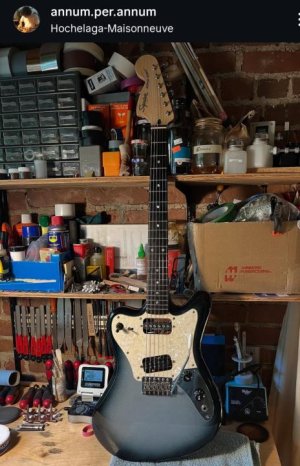Hello everybody,
When pairing two pickups in parralel, would you use two high output pickups, one high and one vintage or two vintage output pickups?
And do you prefer having two identical EQ pickups or two different tone like one focusing on the mids and the other bass and treble ?
I wonder how they add up in output and how well their respective EQ mix well with each other. I can't try myself different combinations I would like your toughts to guide my journey to toneland!
For now I have the quarter pound in the neck and jb junior in the bridge. I like the combination but I wonder if there is better options. Both pickups have a 500k volume pots.
Thanks !!
When pairing two pickups in parralel, would you use two high output pickups, one high and one vintage or two vintage output pickups?
And do you prefer having two identical EQ pickups or two different tone like one focusing on the mids and the other bass and treble ?
I wonder how they add up in output and how well their respective EQ mix well with each other. I can't try myself different combinations I would like your toughts to guide my journey to toneland!
For now I have the quarter pound in the neck and jb junior in the bridge. I like the combination but I wonder if there is better options. Both pickups have a 500k volume pots.
Thanks !!
Attachments
Last edited:

